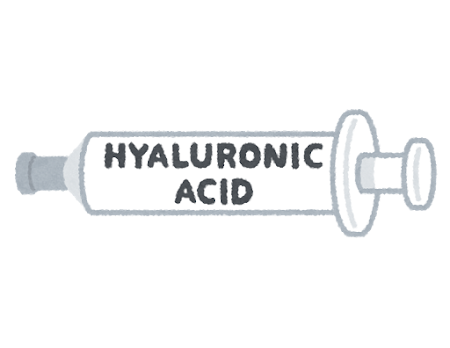
What Are the Differences Between Fillers and Hyaluronic Acid?
What Are Fillers?
The term "filler" refers to any injectable substance used for facial volume enhancement.
There are absorbable fillers and non-absorbable fillers.
Absorbable fillers include hyaluronic acid, collagen fillers, PLLA (poly-L-lactic acid), and hydroxyapatite.
Non-absorbable fillers include fat and Aquamid.
Characteristics of Hyaluronic Acid
Hyaluronic acid is a synthetic substance used to add volume to the face.
It is the most widely used filler worldwide, with various types produced by different companies.
It is known for its high safety and numerous clinical applications.
Different formulations have varying levels of firmness, making it suitable for different injection sites.
Key Differences Between Fillers and Hyaluronic Acid
Hyaluronic acid is a type of filler.
Types and Characteristics of Fillers
Effects of Chin and Nose Fillers
Fillers used for the chin and nose can include hyaluronic acid and hydroxyapatite.
Chin and nose fillers should be firm and resistant to spreading, making them suitable for deep layer injections, such as near the periosteum (bone membrane).
Hydroxyapatite lasts longer but is not as well-established in terms of safety compared to hyaluronic acid.
Recommended hyaluronic acid fillers for the chin and nose include Volux and Pineha, which are firm and provide good support.
Choosing the Right Filler for Each Area
Superficial layers: Collagen fillers and soft hyaluronic acid.
Mid-layers: PLLA, medium-firm hyaluronic acid, and fat grafts.
Deep layers: Hydroxyapatite and firm hyaluronic acid.
Disadvantages and Risks of Fillers
Absorbable fillers disappear over time, requiring regular touch-ups.
Non-absorbable fillers (except for one's own fat) can remain in the body for a long time, increasing the risk of foreign body reactions such as granulomas.
Some fillers can form lumps.
Hyaluronic acid can be dissolved with hyaluronidase, but other fillers require surgical removal if complications arise.
Effects and Applications of Hyaluronic Acid
Skin Improvement Through Injection
Fillers such as hyaluronic acid, collagen, and PLLA can enhance skin quality.
Hyaluronic acid retains moisture, making the skin appear hydrated and plump.
Collagen fillers improve skin elasticity and firmness.
PLLA enhances both hydration and elasticity.
Duration and Maintenance of Hyaluronic Acid
The longevity of hyaluronic acid varies depending on the type:
Short-lasting types (e.g., RHA1): Approximately 6 months.
Long-lasting types (e.g., Pineha): Up to 3 years.
Regular maintenance is recommended when results start fading.
Hyaluronic Acid Injection Process
Design is crucial – Decide where and how much hyaluronic acid will be injected.
Consultation – Discuss filler selection and the required amount with the doctor.
Payment & preparation – After agreeing on the plan, complete payment and wash the face before injection.
Injection – Takes about 2-3 minutes per syringe.
Filler Injection Process
For synthetic fillers, the procedure follows the same steps as hyaluronic acid injections.
For fat injections, fat must first be harvested from areas such as the thighs via liposuction.
Key Considerations for Treatment
Importance of Consultation
The design of the filler injection is the most important factor.
A thorough discussion with the doctor is essential to achieve the desired result.
Pain and Anesthesia Options
For synthetic filler injections, numbing cream or laughing gas anesthesia is used.
For fat grafting, IV sedation is often required due to the liposuction process.
Downtime After Treatment
Minimal downtime for filler injections.
To prevent infection, rest on the treatment day.
For fat injections, compression garments are necessary, so taking 2-3 days off work is ideal.
Side Effects of Fillers and Hyaluronic Acid
Common Side Effects and How to Manage Them
Potential risks include infection, allergic reactions, and vascular complications.
Hyaluronic acid complications can be resolved with hyaluronidase.
Other fillers require symptomatic treatment or surgical removal if issues arise.
Risk of Allergic Reactions
Some patients may experience swelling or itching after injection.
Antihistamines can help, and hyaluronic acid can be dissolved if necessary.
Avoiding Unwanted Results
A poor design can lead to undesirable aesthetic outcomes.
Careful pre-procedure consultation and clear communication with the doctor are crucial.
Yoshiko Kuno
